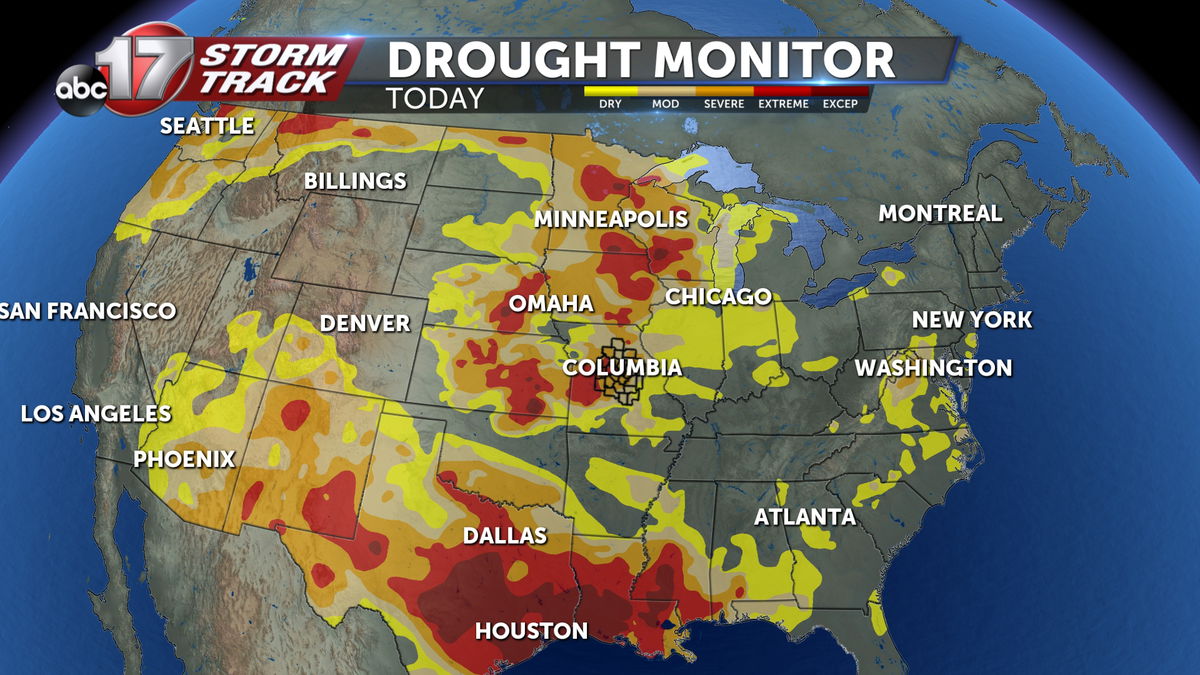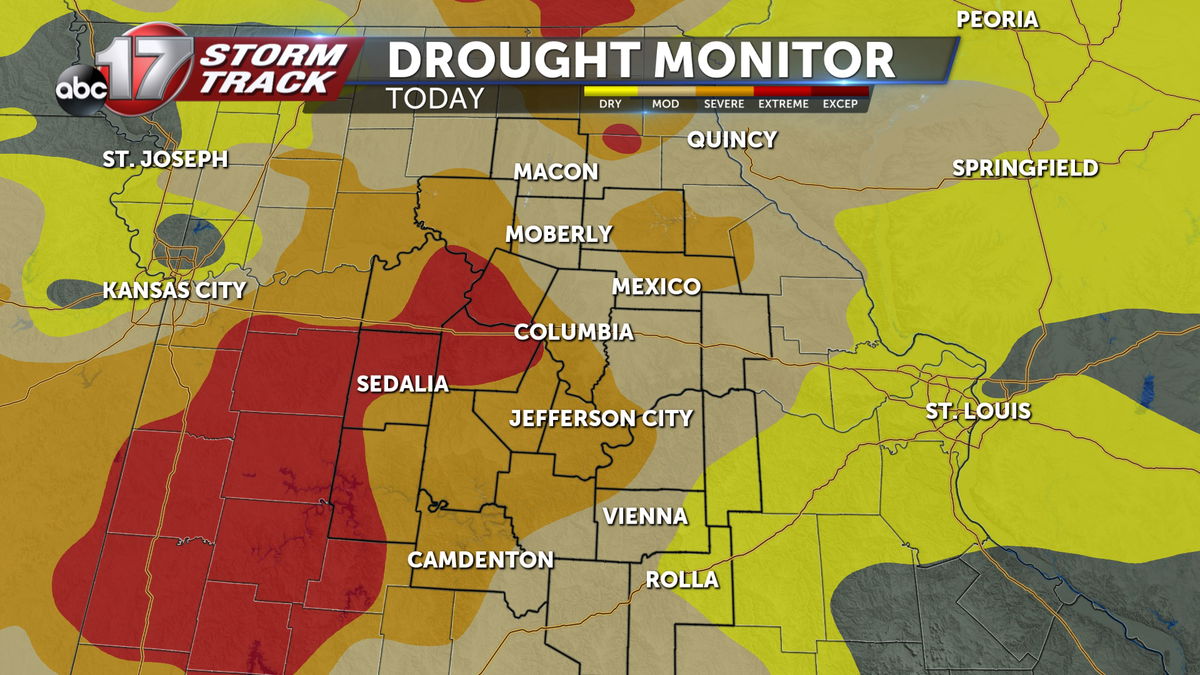Drought impacts on waterfowl population and migration
Every year, the United States seems to see drought conditions in one region or another. During the years of 2020 through 2022, drought struck much of the northern Great Plains states and south Central portions of Canada. This lead to a significant decrease in many waterfowl populations.
The past spring of 2023 seemed to provide more hope for better conditions, many areas that saw extreme and severe drought conditions in the spring of 2022 saw increased precipitation totals nearing average yearly conditions.

After a look at this past years breeding duck population count conducted by the United States Fisheries and Wildlife highlights that the total number of ducks has decreased seven percent from 2022. This could be due to poor breeding area conditions from drought throughout 2020-2022.

On the bright side, conditions are improving in breeding areas.

On the opposing side, areas across the Midwest such as the state of Missouri are seeing worsening drought conditions with many portions seeing extreme and severe levels.
This could mean regions such as Central Missouri could hold less migrating waterfowl at a time or for less time during the fall migration. This also means less areas to bird watch or hunt for locals.
A direct correlation is painted to increases in drought conditions and decreases in duck populations. With increased drought, there is less ample areas for waterfowl breeding due to less water holding in marshes and important grasses to maintain healthy breeding habitat.
